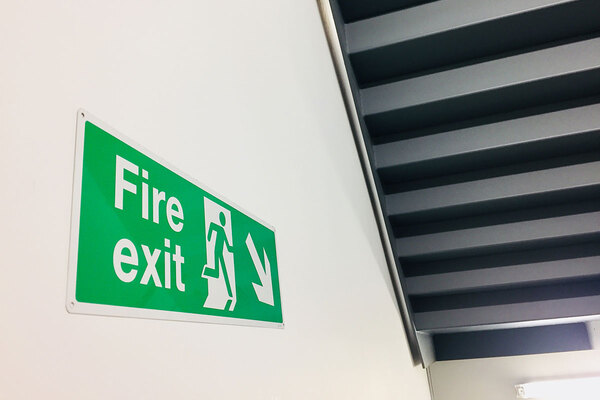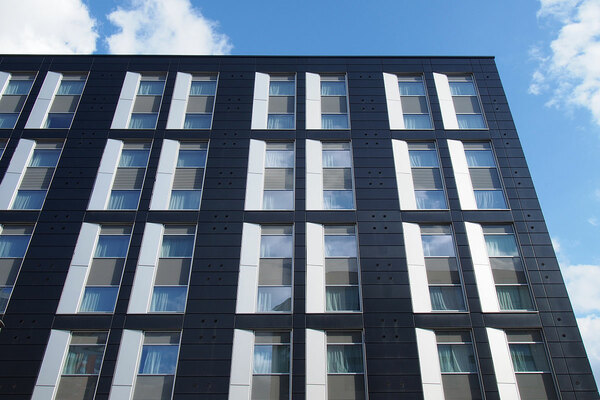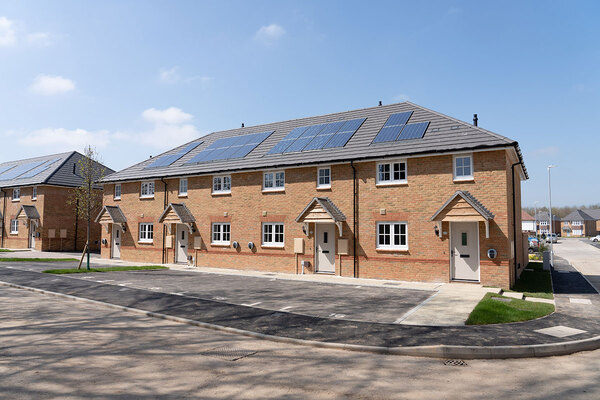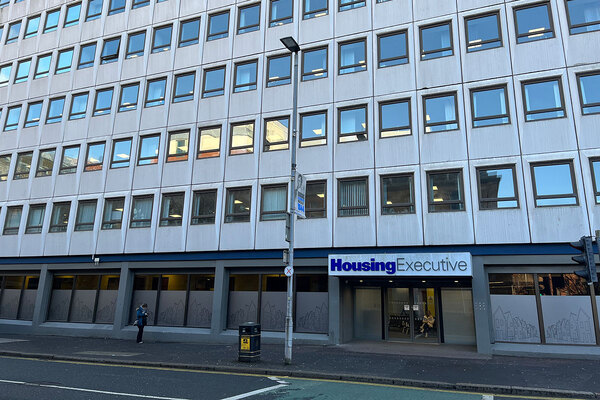You are viewing 1 of your 1 free articles
HSE vows ‘proportionate and targeted’ approach to Building Safety Regulator
The body responsible for establishing a new Building Safety Regulator has laid out its “early thinking” on the subject, which outlines how it intends to take an “evidence-based, proportionate and targeted” approach to engagement and interventions.
A number of fact sheets have been published by the Health and Safety Executive (HSE) that outline the basic principles behind the new regulator, which is being set up in response to the systemic building safety issues uncovered by the Grenfell Tower fire.
The Building Safety Regulator, which is being introduced following the passing of the Building Safety Bill earlier this year, will be given wide-ranging powers to monitor and intervene on matters of building safety.
As outlined in the bill, the regulator will have three main functions: overseeing the safety of all buildings, encouraging the improvement of competence in the built environment sector, and leading the implementation of a new regulatory regime for higher-risk buildings.
This new regulatory regime will apply to buildings that are at least 18 metres tall and will introduce the concept of ‘dutyholders’, which are organisations responsible for a building’s safety at different points in its lifetime.
In one of its newly published fact sheets, the HSE said that the Building Safety Regulator’s approach will be based on the principles of “proportionality, transparency, consistency and accountability”.
When it comes to judging whether dutyholders have taken reasonable steps to mitigate safety risks, the HSE said the new regulator will “balance the degree of risk against the money, time or trouble needed to avert that risk in the particular circumstances, as well as the impact of any action on businesses and residents”.
It said the Building Safety Regulator will target its resources on buildings and activities giving rise to the most serious risks, where the hazards are least well controlled or where the effectiveness in managing building safety is in doubt.
For existing buildings, the HSE said the new regime “may require improvements or alterations to be made”, but this will only be “up to the point where people are safe from the spread of fire and structural failure”.
The HSE acknowledged that it is not always possible to “retrofit current standards” and said that alterations may be “phased”, but that interim measures may be required in the process.
An enforcement policy statement (EPS) will be published to further outline the “general principles and approach which those working for the Building Safety Regulator or delivering its functions should follow when considering their regulatory decisions”, the HSE added.
The EPS will be developed through engagement with stakeholders including government, regulatory partners, industry forums, dutyholders and residents.
As part of a fact sheet outlining how the costs of the Building Safety Regulator will be recovered, the HSE has said that charges will be paid by those regulated under the new regime, including the client in the design and construction phase and the principal accountable person in the occupation phase.
As outlined in the Building Safety Bill, the HSE has reiterated that some of the charges of the new regime will be passed on to leaseholders via the Building Safety Charge.
However, the HSE said that leaseholders will cover only “a small part of the overall charge” and that costs resulting from any breach of the regime, including costs of enforcement action, cannot be passed on to leaseholders.
Sign up for our regulation and legal newsletter
Already have an account? Click here to manage your newsletters













